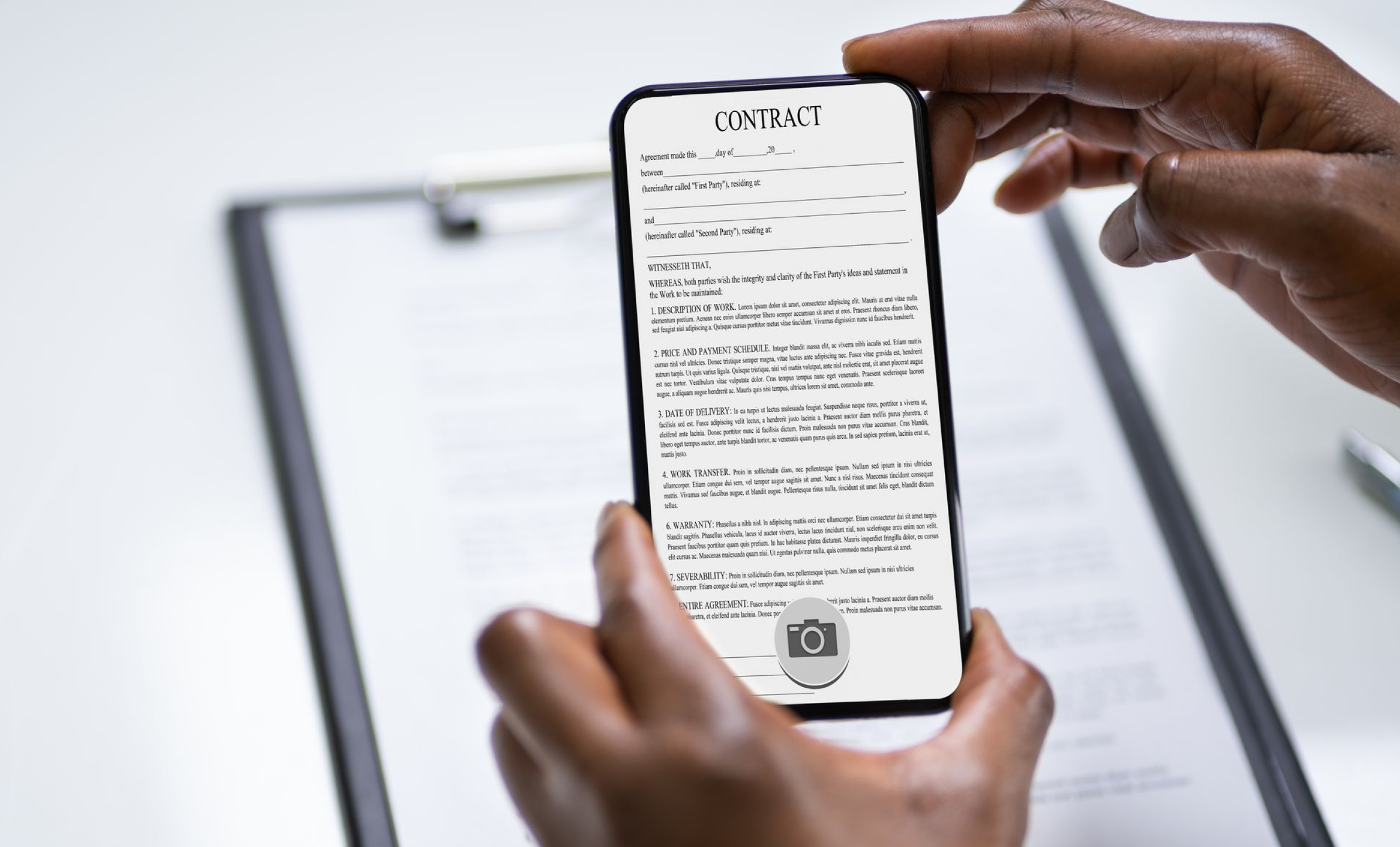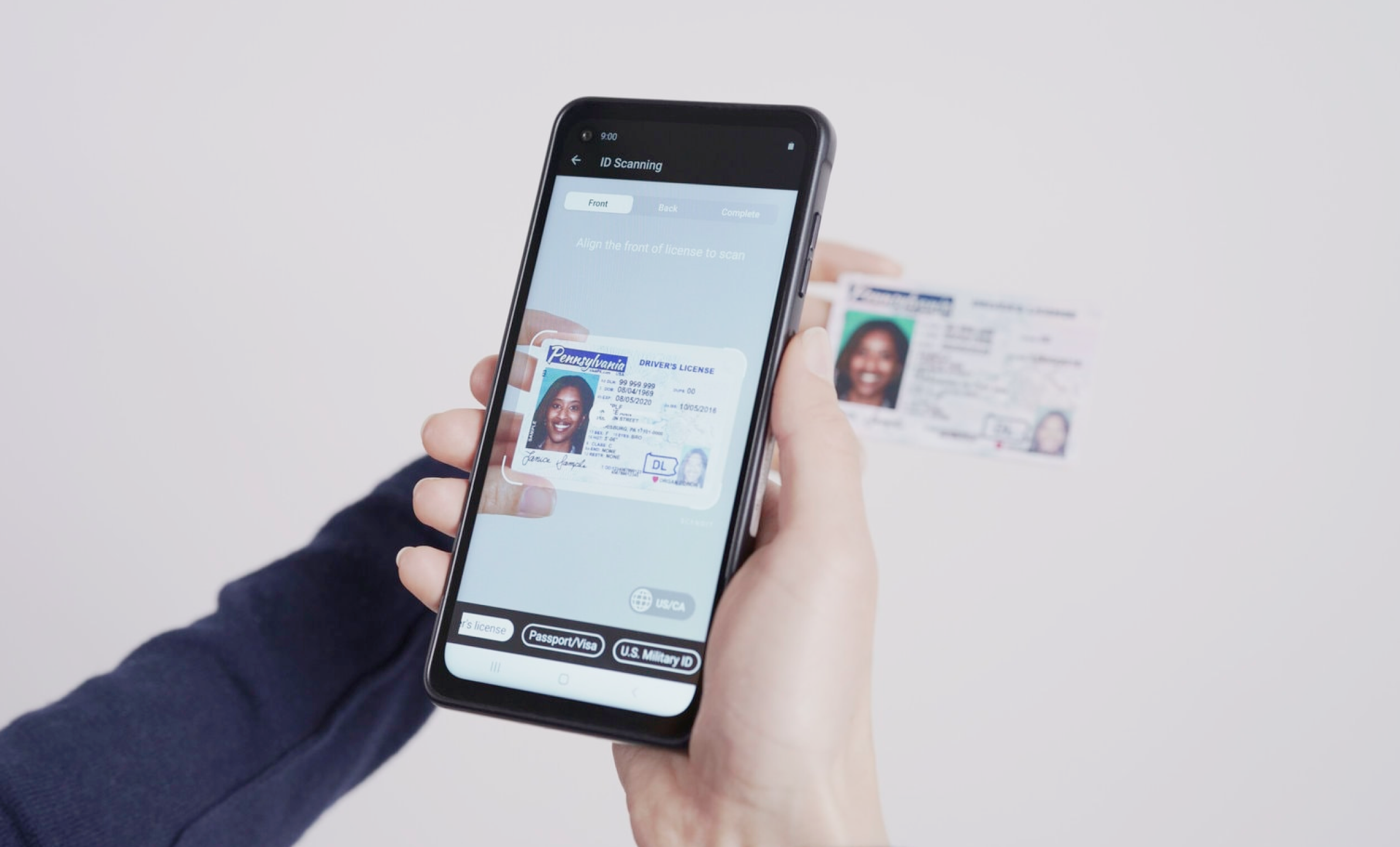OCR: A Catalyst for Business Transformation
In an increasingly digitized world, the need to convert printed or handwritten text into machine-encoded text has become paramount.Optical Character Recognition (OCR) technologyhas emerged as a transformative solution to this challenge, enabling the conversion of scanned documents, images, or even handwritten text into editable and searchable formats. From streamlining administrative tasks to enhancing accessibility for individuals with visual impairments, OCR has found widespread applications across various industries and sectors. In this article, we will take a look atOCR technologyto understand its use cases and how OCR can benefit your business.
What is OCR?

Optical Character Recognition, or OCR, is a technology that converts different types of documents, such as scanned paper documents, PDF files, or images captured by a digital camera, into editable and searchable data. It analyzes the patterns of light and dark within an image to identify individual characters and words, reproducing them as machine-encoded text. This process enables thedigitization and manipulation of text-based content without the need for manual transcription.
Nowadays, a lot of business processes require businesses to get information from print media. Business operations include the use of paper forms, invoices, scanned legal documents, and printed contracts. It takes a lot of time and space to store and handle these enormous amounts of paperwork, which is what makes OCR recognition so useful. Even if managing documents digitally is the best approach, there are difficulties when scanning a document into an image. The procedure can be laborious and slow, and it necessitates manual involvement. Now that we know what optical character recognition is, let’s learn about how it works.
How Does OCR Work?
OCR optical character recognition consists of the following steps:

-
Image acquisition- Documents are scanned and converted to binary data using a scanner. After analyzing the scanned image, the OCR software labels the dark portions as text and the light areas as background.
- Pre-processing – Before the image can be read, the OCR program cleans it and fixes any mistakes. Some of its cleaning techniques include deskewing or tilting the scanned document slightly to fix alignment issues during the scan, cleaning up boxes and lines in the image, and many more.
- Text recognition – Pattern matching and feature extraction are the two primary OCR algorithms, sometimes also referred to as software methods, that OCR process software employs for text recognition.
- Post-processing – The captured text data is analyzed by the system and then saved as an electronic file. Annotated PDF files, including the scanned documents before and after versions, can be produced by certain OCR systems.
It is also worth mentioning that high-quality data annotation is necessary to create next-generation OCR technologies. Having said this, let’s move on to the various types of OCRs.
What are the Different Types of OCR Technologies?
As you may have imagined, there’s more than one OCR type. For example, there are relatively simple optical character recognition systems that operate by creating numerous distinct typeface andtext picture templates. Character per character, the OCR program compares text images to its internal database using pattern-matching algorithms. Optical word recognition is the term used when the machine matches the text word for word. The fact that there are essentially an infinite number of font and handwriting styles and that not every type can be recorded and kept in the database makes this approach limiting.
A more intelligent OCR in business can read the material using a human perspective. They employcutting-edge techniquesthat use machine learning software to teach robots to behave like people. A neural network, a type of machine learning system, processes the image several times while analyzing the text on multiple levels. To get the final result, it searches for several image features, including curves, lines, junctions, and loops. The results of all these levels of analysis are then combined. Results are acquired quickly, even though ICR normally scans photos one character at a time. The whole process takes only a few seconds.
What is OCR Software Used For?
OCR in business can be used for many different things. Some of the most common ones include:

-
Identity verification- Thanks to OCR image recognition, businesses can digitize documents. Numerous businesses run initiatives to update their customers’ ID cards. The OCR technology speeds up the digitization process by allowing documents to be scanned online and validated and information to be retrieved quickly and effectively, all while saving time and effort.
- Passport and ID verification – In the past, a human worker would need to manually check the passport or ID of an individual, which takes time and can cause delays. OCR in business can make this a thing of the past by reading all the passports and ID cards automatically.
- Healthcare records – OCR is used in the healthcare sector to process patient records, including those related to diagnoses, tests, hospital stays, and insurance payouts. OCR keeps healthcare data current while streamlining workflow and minimizing manual labor.
- Compliance and regulatory requirements – The OCR system can target resources on compliance problems that are particularly acute, national in scope, or newly emerging. It can help alert businesses about issues before they rise to big problems.
- Automated data capture – Manually having to take data from documents and enter it into the system is very labor-intensive. OCR allows businesses to quickly capture and convert documents to an electronic version, which can increase productivity and cut down on the resources needed to keep your company operating.
- Document verification and archiving – OCR technology can help companies verify documents by reading the information and cross-referencing it with a database to make sure it all aligns.
Benefits of Automated OCR Technology
Automated OCR meaning in business adds up to a lot of benefits. These include:
-
Improved information accessibility- Your employees will easily be able to find the information they need since it will all be digitized and searchable.
- Reinforced data security – OCR can immediately help security and fraud teams augment their data collections with timely, actionable intelligence.
- Increased operational efficiency – There are many ways OCR can improve operational efficiency. For example, you can scan hand-filled forms for automated verification, reviews, editing, and analysis. This saves the time required for manual document processing and data entry.
Is Optical Character Recognition Technology Safe?
While we answered the question of what does OCR do, we still have to wonder whether it is safe to use. It is safe as long as you remember that you’re responsible for the implementation of this technology and ensuring you have allnecessary licensesor permissions to send data to this service. It’s your responsibility to comply with all applicable laws and regulations in your jurisdiction. You also need to make sure that you have the needed quality rate for your product so that it can correctly understand all the characters.
What are the Benefits of OCR?
If you are thinking of using OCR for your business, there are many benefits to this approach:
- Increased searchability of data – Organizations have the ability to transform both new and old materials into a fully searchable knowledge base. Additionally, they can use data analytics tools to process the text database automatically in order to process knowledge further.
- Integration with AI – OCR is frequently incorporated into other AI technologies that companies may use. For instance, it can recognize and interpret traffic signs and license plates in self-driving cars, identify product packaging in advertising photos, and recognize brand logos in social media posts. Artificial intelligence technology of this kind assists companies in improving their marketing and operational choices, which lowers costs and enhances consumer satisfaction.
- Higher accuracy – When employees need to manually enter information, there is room for human error. Machines can capture the needed information more accurately and categorize the data in a more accurate way.
Trust Mindy Support With All of Your Data Annotation Needs
Mindy Support is a global provider of data annotation services and is trusted by Fortune 500 and GAFAM companies. With more than ten years of experience under our belt and offices and representatives in Cyprus, Ukraine, Poland, Bulgaria, Philippines, India, and Egypt, Mindy Support’s team now stands strong with 2000+ professionals helping companies with their most advanced data annotation challenges.






